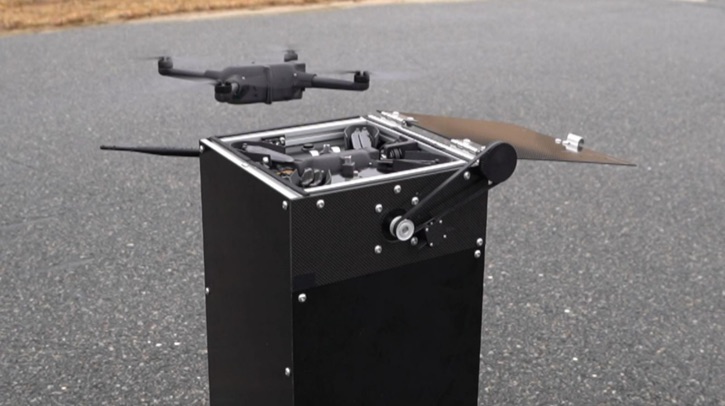NOAA’s National Weather Service (NWS) and GreenSight have signed a one-year Cooperative Research and Development Agreement to deploy an uncrewed aircraft system, called WeatherHive, to measure atmospheric conditions and evaluate if the data could aid in weather forecasting.
NOAA’s one-year demonstration project
The demonstration project will take place in and around Tulsa, Oklahoma. The NWS plans to expand testing to other sites later in 2024. Under the CRADA, NOAA and GreenSight will: develop five demonstrations of the system in the USA for data analysis, assessment and safety; evaluate data collected and test the benefit of horizontal and vertical sampling for weather forecasting for NOAA’s observational forecasting needs; capture input for optimizing data collection sampling patterns and swarming techniques; and explore value creation, cost savings, data rights and sharing models if a network of WeatherHive systems can meet NOAA’s mission.
The project will be conducted in parallel with traditional special-sounding deployments.
Uncrewed nano drones
WeatherHive’s uncrewed nano drones, called WISPs, gather real-time atmospheric measurements – pressure, temperature, humidity, and wind speed and direction – that can be used to forecast the weather. Each “hive” contains 10 WISPs spanning a 300km2 area reaching altitudes up to 5km, generating a 3D cube of measurements. It can operate in rain or shine and winds up to 39mph. WeatherHive technology was developed in partnership with the National Science Foundation’s America’s Seed Fund.
Overall, tens or hundreds of WeatherHive’s drones can be used at once to gather large quantities of data. Remotely deployable, the palm-sized drones automatically launch and land in their “hive” for recharging and reuse. The fully autonomous system provides approximately 50 minutes of sampling per flight that can be repeated continuously.
“We are excited to test and evaluate WeatherHive’s observations to determine if the data could be useful to our forecasters,” said Steven Piltz, meteorologist in charge of the National Weather Service office in Tulsa. “We are also looking at what height they can fly safely during severe weather.”
“WeatherHive has enormous potential to benefit the weather forecasting community and the nation as a whole, enhancing forecast accuracy to enable better planning and save lives,” said James Peverill, CEO and co-founder of GreenSight. “We are looking forward to collaborating with NOAA and working closely with the NWS in Tulsa.”
In related news, NOAA’s National Weather Service and Grand Sky Airfield Operations have signed a two-year Cooperative Research and Development Agreement to deploy uncrewed aircraft systems (UAS) to gather and evaluate the upper air data to determine how it could aid in weather forecasting. Click here to read the full story.



